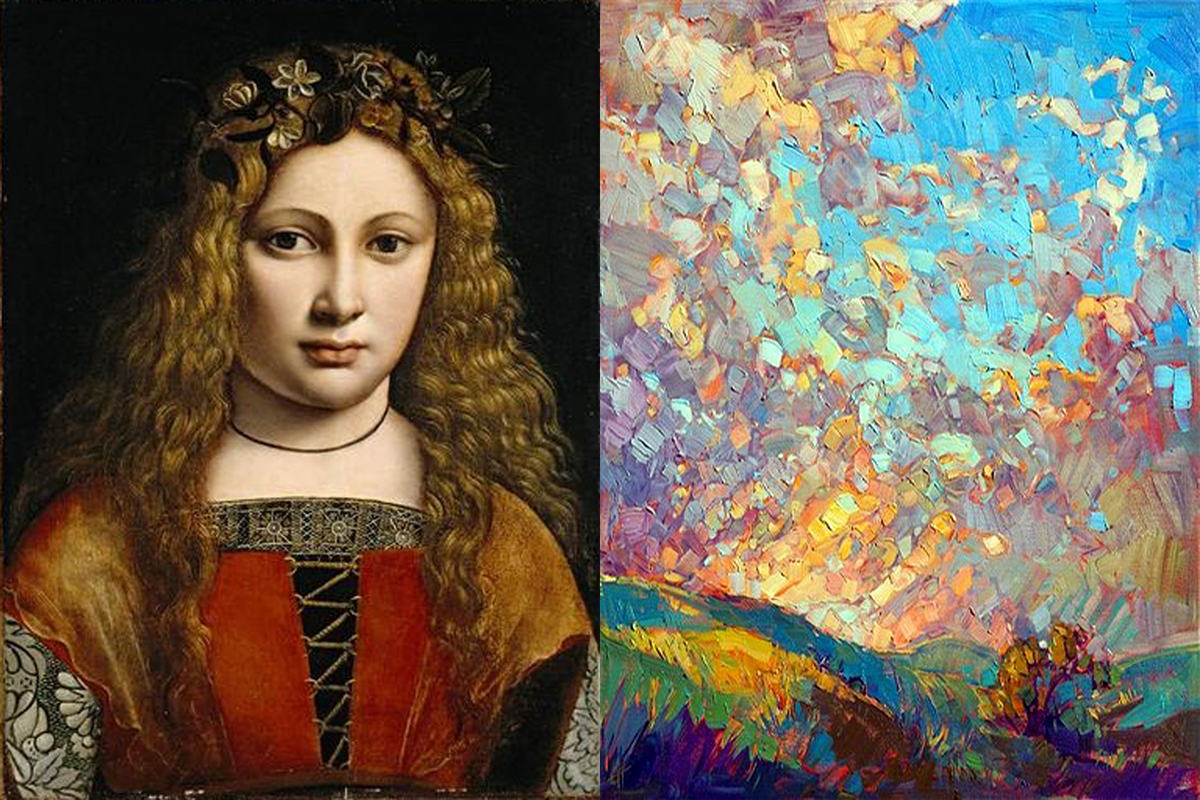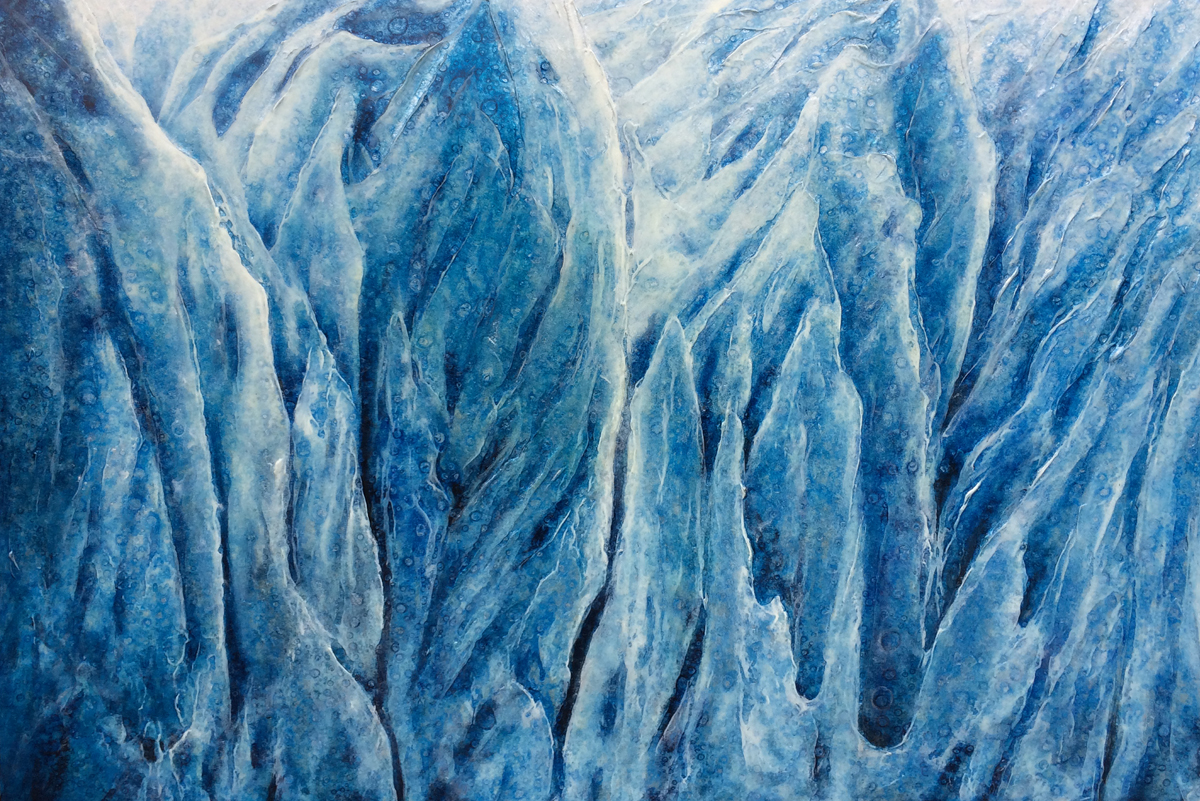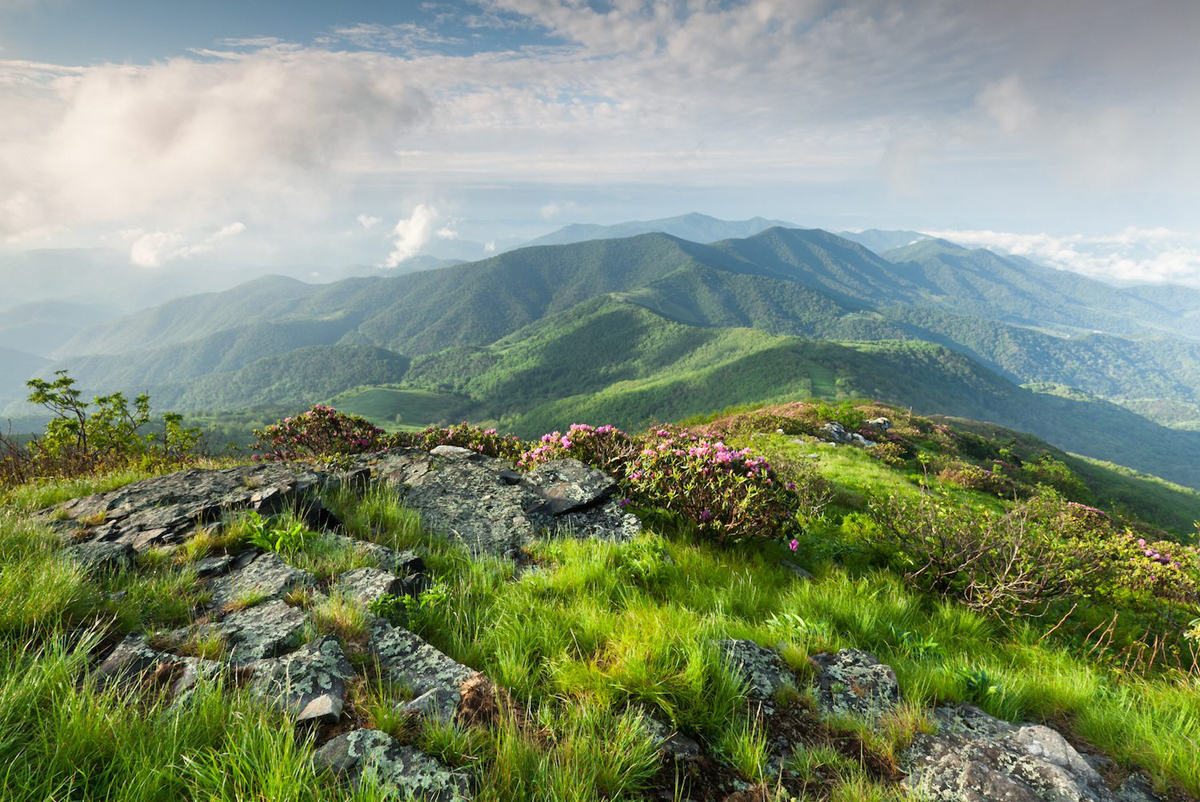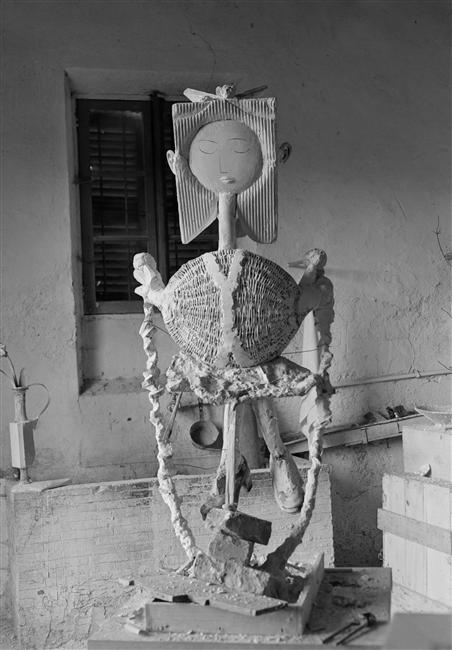Beginning of one of the most disturbing paintings I've ever started
If you know me at all, or are familiar with the work I do, you know I love painting landscapes. That's my thing. But now and then, something just really hits me and changes to course of what I'm doing completely. The last time this happened was when Joy and I visited what is left of the concentration camp at Dachau (just north of Munich) last September. Seeing what I saw -- I was shaken to my core. That doesn't happen very often. I'm pretty "even-keel" but when I left, I had to express myself in my language (art). If you're interested, just click here for a link to that blog.
Well, it's happened again. I wish this wouldn't happen in my head. I'd sleep a lot better if I could just paint trees and mountains all the time, but I think I'd explode if I didn't say something right now about an issue that's really hot in today's news. If you have a minute, please go to this link and if you have the stomach for it, please, please watch the video and then me know what YOU think.
When I watched this, I couldn't help but respond. And I'm (thankfully) not alone. A group of artists in my building (the Pink Dog Creative Building in Asheville's River Arts District) met and dreamed together. We are in the beginning phases of putting together an exhibition of art from artists (painters, poets and musicians) all over Asheville that encapsulates our response to police brutality against black men and gun violence in general.
So right now, this painting I'm starting looks pretty innocuous and no different than anything else I do, right? Well, I'm going to be taking you through the steps to the very end, so you can see it evolve. I know what it'll look like in the end and some of those I've explained it to have teared up. For now, I'm keeping a tight lip until it's done.
I'm honored to be working with these other artists. It's so nice not to have to do this alone, because I really don't know what I'm doing. I just have one voice, but a multi-thousand member choir is made of individual voices. I want one of those voices to be mine. Sing with me?















